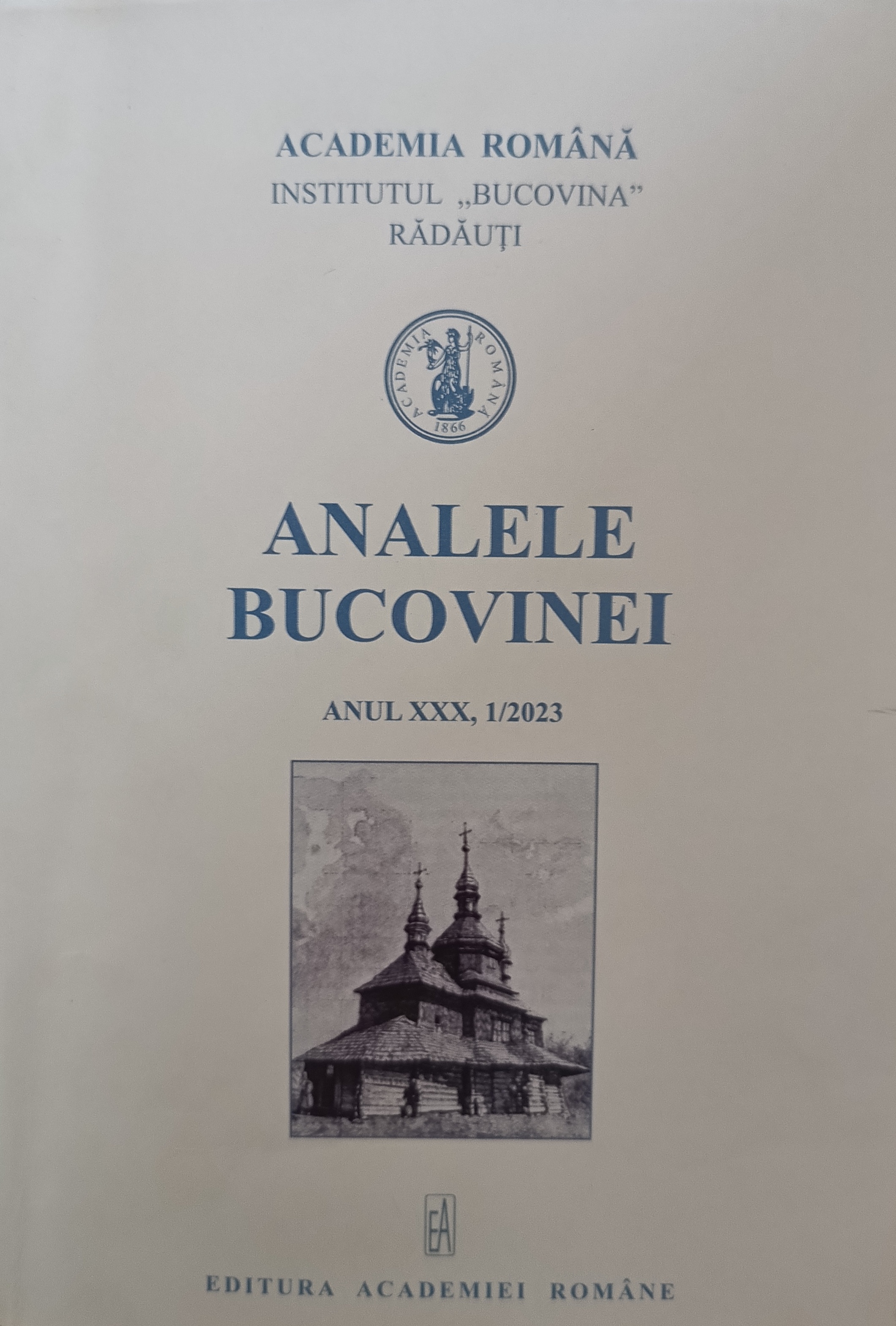REZISTENȚA ANTICOMUNISTĂ DIN VRANCEA: ACTIVITATEA GRUPULUI DIN HERĂSTRĂU
The Anticommunist Resistance from Vrancea:
the Activity of the Herăstrău Cadre
Author(s): Ionel AntimirescuSubject(s): Local History / Microhistory
Published by: Editura Academiei Române
Keywords: Vrancea County; Communist regime; resistance groups; Herăstrău cadre
Summary/Abstract: “Vrancea county remains one of those units of state organisation that functioned as a «country» within which the peasants, despite not being noblemen, «did not obey any boyar and built a republic as a form of organisation»”. Isolation has remained proverbial during the first part of the 20th century, while the Communist regime was trying to head towards the East. The social tensions in Vrancea County were constantly growing during 1948–1950, many of the measures taken by the authorities being interpreted as attempts to physically decimate the people and subdue the spirit of the county. Dumitru T. Boștiog, the owner of a mill, carrying cattle and a saw mill on the Palcău Mountain, was the president of the Herăstrău community and became the de facto leader of the Herăstrău cadre, belonging to the “Vlad Tepeș II” organization. After the failure of the mutiny in Vrancea, the leaders were sent to the “Romanian Gulag”. The resistance in the Vrancea Mountains, as well as the one in Bukovina, was easier to build, being based on a pre-existent social system that refused the harsh involvement of the state or of any other authority. The existence of an autonomous joint ownership system in all of the communities from the mountain and hilly areas created a strong social connection, most of the community leaders during the interwar period becoming the leaders of the cadres. The Herăstrău cadre was one of the best organized and active anticommunist groups that have operated in Vrancea County, being in close connection with those from Bârsești, Nereju, Colacu, Păulești and Vidra. There is no evidence of their connection with the other resistance groups, the connections with the peasants from Dumitrești-Vrancea and Bukovina being only mentioned by their kin. The teacher Gheorghe Militaru is mentioned by Grigore Bălănuță at the meeting on the Palcău Mountain, while Lucian Bercuci says that his father, Alexandru Bercuci, together with his brother, have initially kept in touch with the Chiriș (or Chiraș) brothers, their comrades on the East front. Part of the priests, teachers and soldiers have put up the basis of a genuine “communication network” that helped prepare the event in 1950, while also trying to expand the mutiny to a regional and national level. The failure of the movement, Victor Lupșaʼs uncertain status, the lack of external support and the pressure the Security used to put on their families, all encouraged the denial and resignation of those who ended up in the communist prisons.
Journal: ANALELE BUCOVINEI
- Issue Year: 60/2023
- Issue No: 1
- Page Range: 223-233
- Page Count: 11
- Language: Romanian

